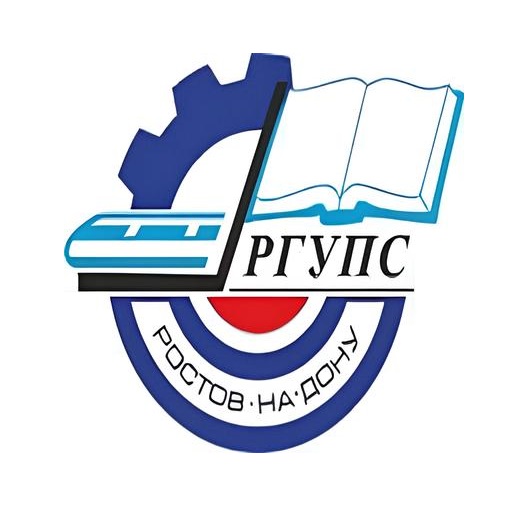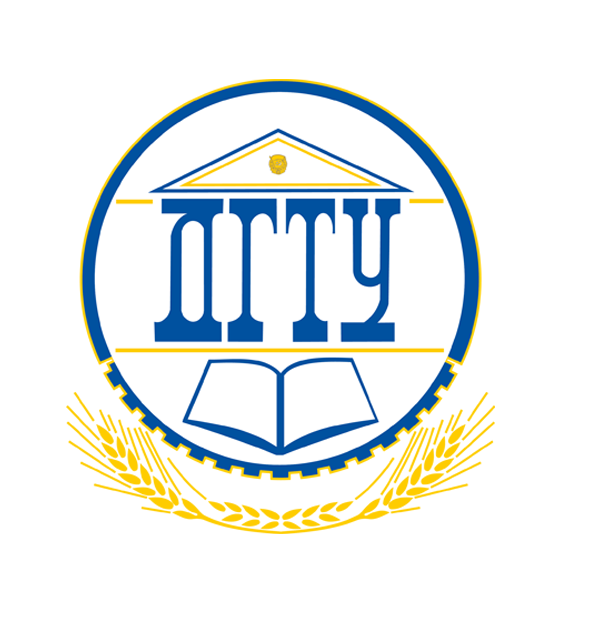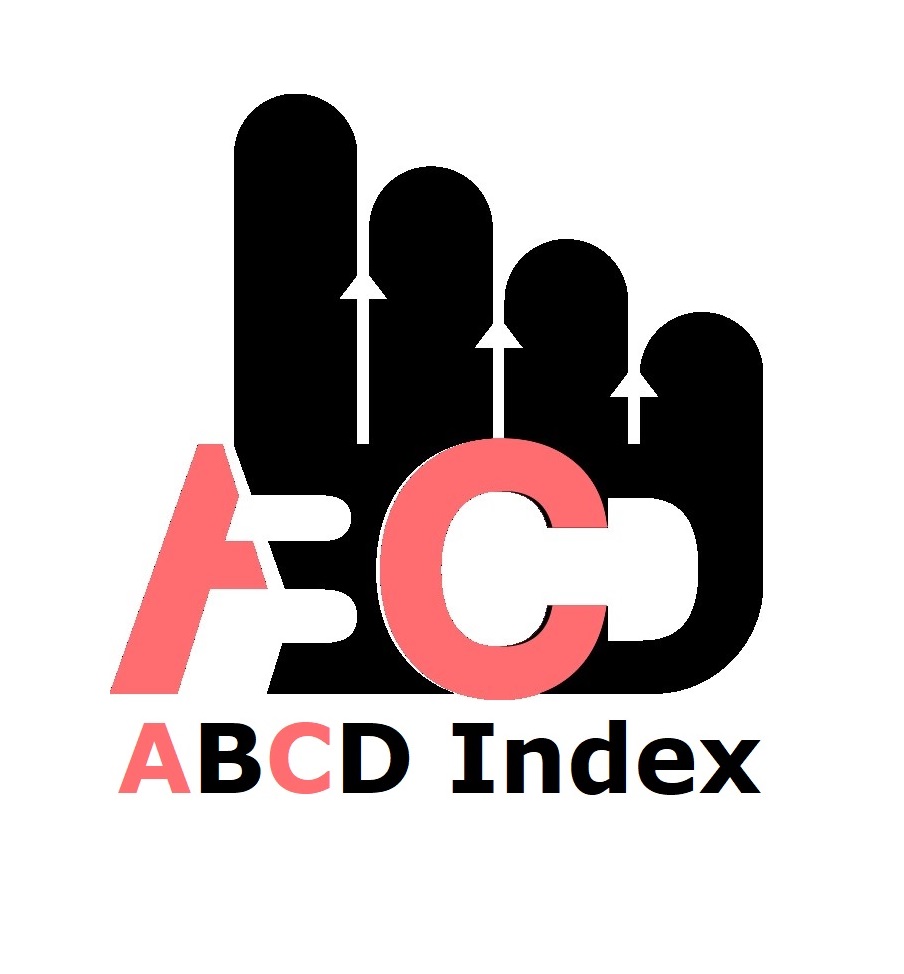Influence of Most Violated Children's Rights on Student’s Academic Performance in Public Secondary Schools in Ugunja Sub-County, Kenya
Keywords:
Academic Performance, Constitution, Human Rights Commission, Violation of Human RightsAbstract
This study explored the influence of student rights awareness on academic performance in public secondary schools in Ugunja Sub-County, Kenya. It is established the most violated children's rights and their influence on academic performance in Ugunja Sub-county Public Secondary Schools. The study targeted Ugunja Sub-County Director of Education, 25 School Principals, 393 teachers, and 15,502 students enrolled in Secondary Schools in this Sub-County. This research was anchored on Mathew Kramer's Best interest theory of a child that advocates for maximum protection of the best interest of a child. A descriptive survey design was adopted. Slovin's formula was applied to obtain a sample size of 390 participants. Questionnaires and interview schedules were employed as the research instrument. Their validity was tested through sharing and getting views from members of the cohort. Split-half method was featured in testing the reliability of research instruments by determining the correlation between scores for both halves. The quantitative data from the questionnaires was analyzed using the Statistical Package for Social Science [SPSS] version 20.1. This data was then presented using tables, graphs, pie charts, frequency distribution and percentages so as to make it easily understood. Qualitative data generated from the interview schedules involving the Sub-county Director of Education and Principals was analyzed using thematic analysis. Findings revealed that a total of 97% of students of both gender claimed that there was child right violation in their schools. They were supported with 90% of teachers and 100% of the key respondents (Principals/SCDE). The most commonly violated rights according to both teachers and students was through corporal punishment, bullying, sexual harassment and proper use of school resources where some learners said that they were denied the proper use of some school items such as computers and laboratory apparatus. Other rights that they were denied include, right to play, freedom of expression and discrimination in terms of colour and religion, thus affected the academic performance of the students in secondary schools. It was clear from the study that most teachers and students were aware of the students’ rights, but they were ignorant of the consequences of violating the rights. The research concluded that, among the most commonly violated rights that the study found out were in form of corporal punishment, sexual harassment and cases of bullying respectively. The main sources of children rights in Ugunja Sub-county were television/radio, school and church. There was an observation that none of the sampled schools had posters against child right violation within their compounds. It came out clearly from this study that violation of student’s rights lead to poor academic performance. The study recommended that government should ensure that there are copies of children right act booklets provided to Public secondary schools so that each learner can have a copy as a reference material, Kenya Institute of Curriculum Development should incorporate topics that deal with children rights in the syllabus so that learners can as well acquire information progressively, the school administration should introduce clubs and societies that address student rights. Students can be guided to be active members of the clubs.
Published
How to Cite
Issue
Section
Copyright (c) 2024 Felix Adala Okello, Silas Chepkwony

This work is licensed under a Creative Commons Attribution-NonCommercial 4.0 International License.
Most read articles by the same author(s)
- Lorraine Khavetsa Ingosi, Silas Chepkwony, Ronald Werunga Kikechi, Parental Provision of Academic Tools and Pupils’ Academic Achievement in Public Secondary Schools in Navakholo Sub-County, Kenya , African Journal of Empirical Research: Vol. 5 No. 3 (2024): Jul-Sep 2024























